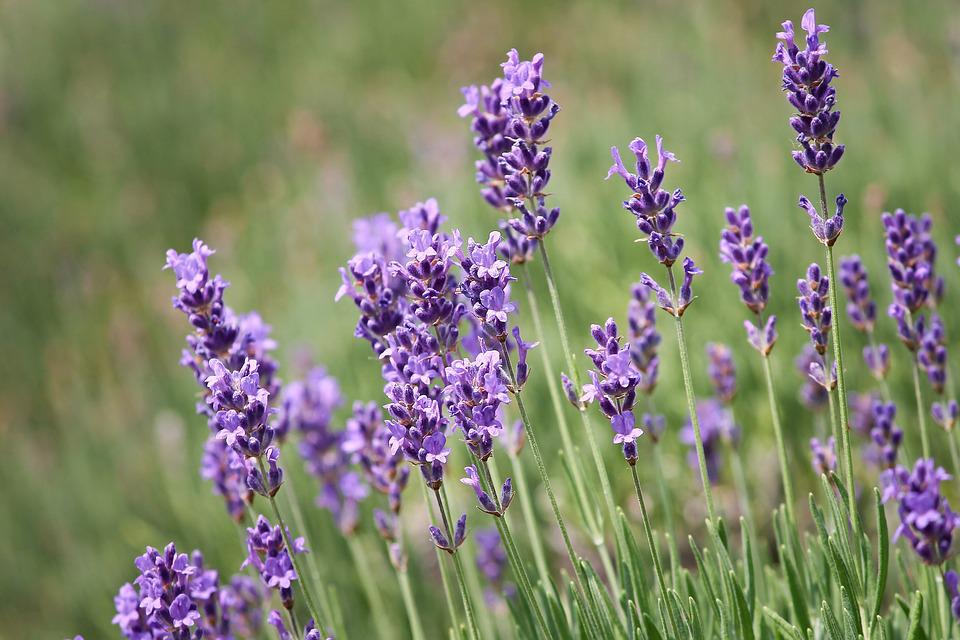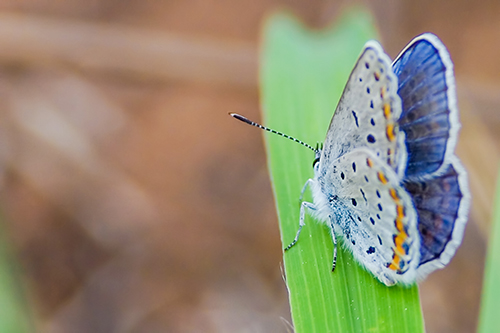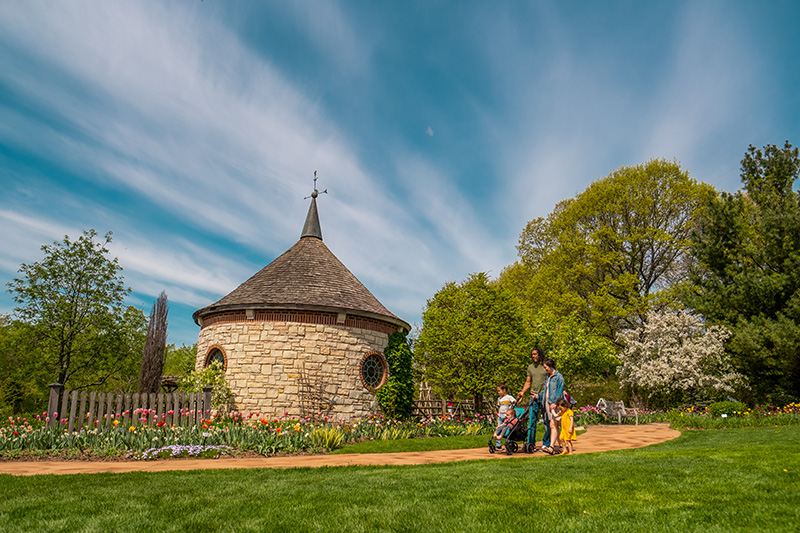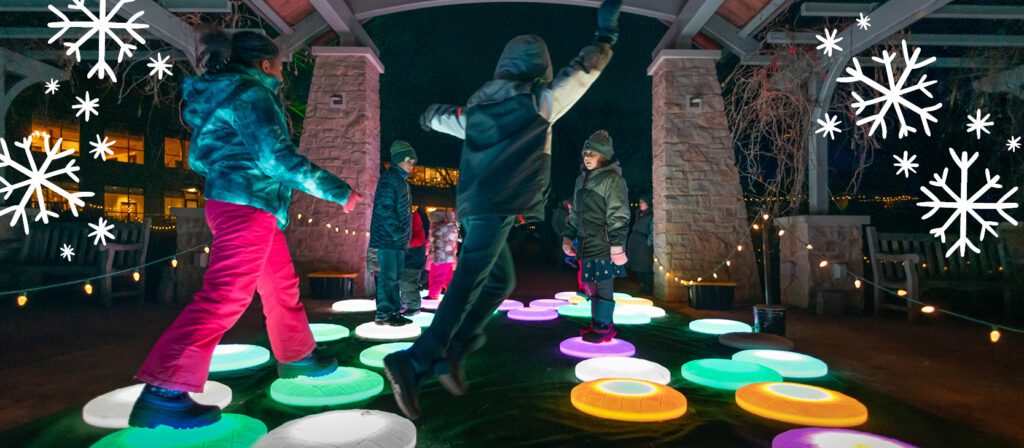In 1992, the Karner Blue Butterfly, a subspecies of the small blue butterfly, was federally listed as an endangered species. Since then, the U.S. Fish and Wildlife Service’s endangered species program has worked to identify, protect, and restore the Karner blue butterfly to prevent its extinction.
You, too, can help prevent the extinction of this unique insect. Start by learning the characteristics, lifecycle, habitat and range of the Karner blue!
APPEARANCE
The Karner blue butterfly has a wing span of just one inch but its tiny wings contain brilliant colors. Males and females, both unique and beautiful, can be distinguished by the topside of their wings.
The topside of male Karner blue butterflies flaunts a deep violet-blue. Its bold, black outline presents a striking contrast to the outer-most white fringes of the wing.
The center of the female’s topside bursts with the same violet-blue as the males but fades into a dark gray-brown on the outer edges. Marginal orange crescents accent the hind wings of the female.


PC: Wisconsinbutterflies.org
The undersides of the male and female are gray with black spots. Fore and hind wings are marked with orange crescents near the edge of the wing.
LIFECYCLE
Two generations, or broods, of the Karner blue butterfly hatch each year. Each generation undergoes the four phases of a butterfly: egg, larva (caterpillar), pupa (chrysalis), and adult (butterfly).
In April, eggs that were laid the previous year hatch. As mid-May arrives, the caterpillars pupate and turn into adult butterflies by the end of May or early June. Then, this first generation mates and lays eggs in June.
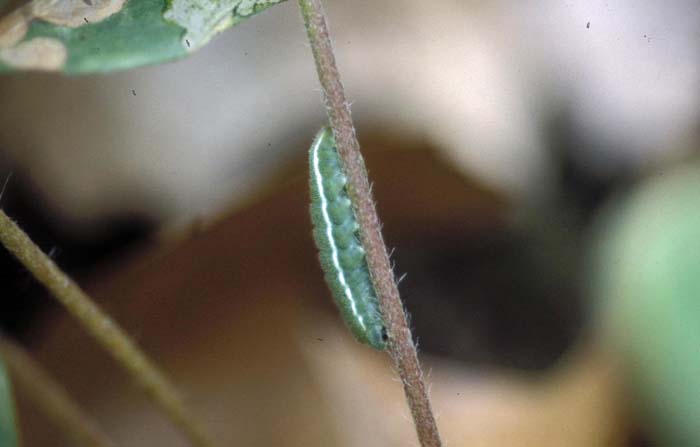

Eggs hatch in roughly one week and the caterpillars feed for about three weeks. Then they pupate and the summer’s second generation of adult butterflies emerge in July. The second generation of adult butterflies mate and lay eggs that will overwinter and not hatch until the following spring.
Karner blue larvae are highly specialized and grow to a half inch before changing to a pupa. Its green coloration allows the caterpillar to blend in with leaves, protecting it from predators.
RANGE & HABITAT
Karner blue caterpillars only survive on wild lupine so butterflies live wherever lupine grows.
Wild lupine grows in dry, sandy, and sunny areas with a variety of plants and small groves of trees. This ecosystem is typically associated with oak savannah communities or areas where pine trees grow.


These butterflies live in the northern parts of the wild lupine’s range from the Midwest to the east coast. They are most widespread in Wisconsin but can also be found in parts of New York, New Hampshire, Indiana, Michigan, Ohio, and Minnesota.
ENDANGERMENT & HOW TO HELP
The Karner blue butterfly is endangered due to habitat loss or degradation. Wild lupine thrives best in areas controlled by natural disturbances such as wildfires and grazing by large mammals. Without these disturbances, forests grow and expand and prevent the wild lupine from flourishing. No lupine means no Karner blue.
Human activities such as agriculture, urbanization, and butterfly collecting also contribute to the decline of Karner blue populations. Its rarity and beauty make it a popular choice for butterfly collections. It is illegal to collect a Karner blue without a permit from the U.S. Fish and Wildlife Service.
Nation-wide populations of the Karner blue have appeared to stable in the last few years as various states and organizations make efforts to preserve and protect the endangered species.
Now that you’ve learned more about the Karner blue butterfly, take the next step to help this endangered species. Volunteer at a local zoo, nature center, National Wildlife Refuge, or here at the Garden! Find a local chapter of a conservation group to join and get involved in. Welcome our fluttering friends into your garden, landscape, or patio full of containers by planting flowers and native plants.
Sources


